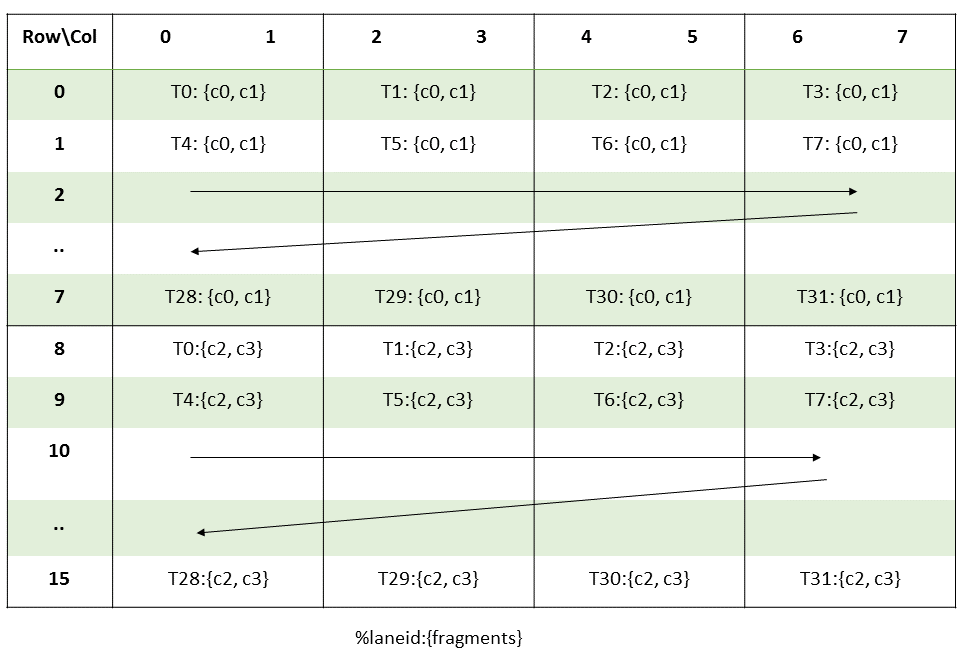

In contrast, when you use WinML and ONNX, the input to the model and the model parameters (weights) must be FP16. While it is possible to get other APIs such as cuDNN to consume FP32 into a Tensor Core operation, all that this is really doing is reducing the precision of the input immediately before the Tensor Core operation. You end up running the operation at half the speed that you could be, if you did not mix precision. In the latter case, where you produce a 32-bit output, there is a performance penalty. The A and B operands of the matrix are multiplied together to produce either FP16 or FP32 output. To maximize the throughput and keep all the respective units busy, there is a constraint when working with floating point operations that the input to the Tensor Core be FP16.

If they are not satisfied, or no Tensor Cores are available, the metacommand falls back to a different approach. If they are, a set of kernels that make use of Tensor Cores is selected for the operation. The metacommand analyzes the input and parameters pertaining to the command and makes sure that the constraints for running WMMA are satisfied. a metacommand likely exists as long as the constraints for them are satisfied. When a WinML model is evaluated and hits, for example, a convolution that would be mapped to a DirectML command, the runtime first looks for a metacommand.
#Wmma 5 key full
To take full advantage of the hardware acceleration, it’s important to understand the exact capabilities of the Tensor Cores.Ĭonvolutional neural networks contain many convolution layers that, when you examine the core operation, come down to many dot products. Essentially, the Tensor Cores enable an operation called warp matrix multiply-accumulate (wmma), providing optimized paths for FP16-based (hmma) and integer-based (imma) matrix multiplication. On NVIDIA RTX hardware, from the Volta architecture forward, the GPU includes Tensor Cores to enable acceleration of some of the heavy lift operations involved with deep learning. The overriding advantage of workstation execution is the removal of any extra latency going to and from a remote service that may not already be guaranteed. When they’re deployed in the cloud, resources are a lot more predictable than when they’re deployed on a workstation.A user may have a GTX1060 one day and an RTX6000 the next.

This is unknown when you build the model.There are several constraints to consider when deploying to the workstation: In many situations, to reduce latency and provide the best interaction, you often want to perform inference on a local workstation GPU rather than the cloud. This is particularly pertinent to creative apps where generative models must run with low latency to generate or enhance image– or video-based content. There is of course a big difference between a model that works as a nice demo in isolation and a model that performs a function within a production pipeline. Every year, clever researchers introduce ever more complex and interesting deep learning models to the world.


 0 kommentar(er)
0 kommentar(er)
